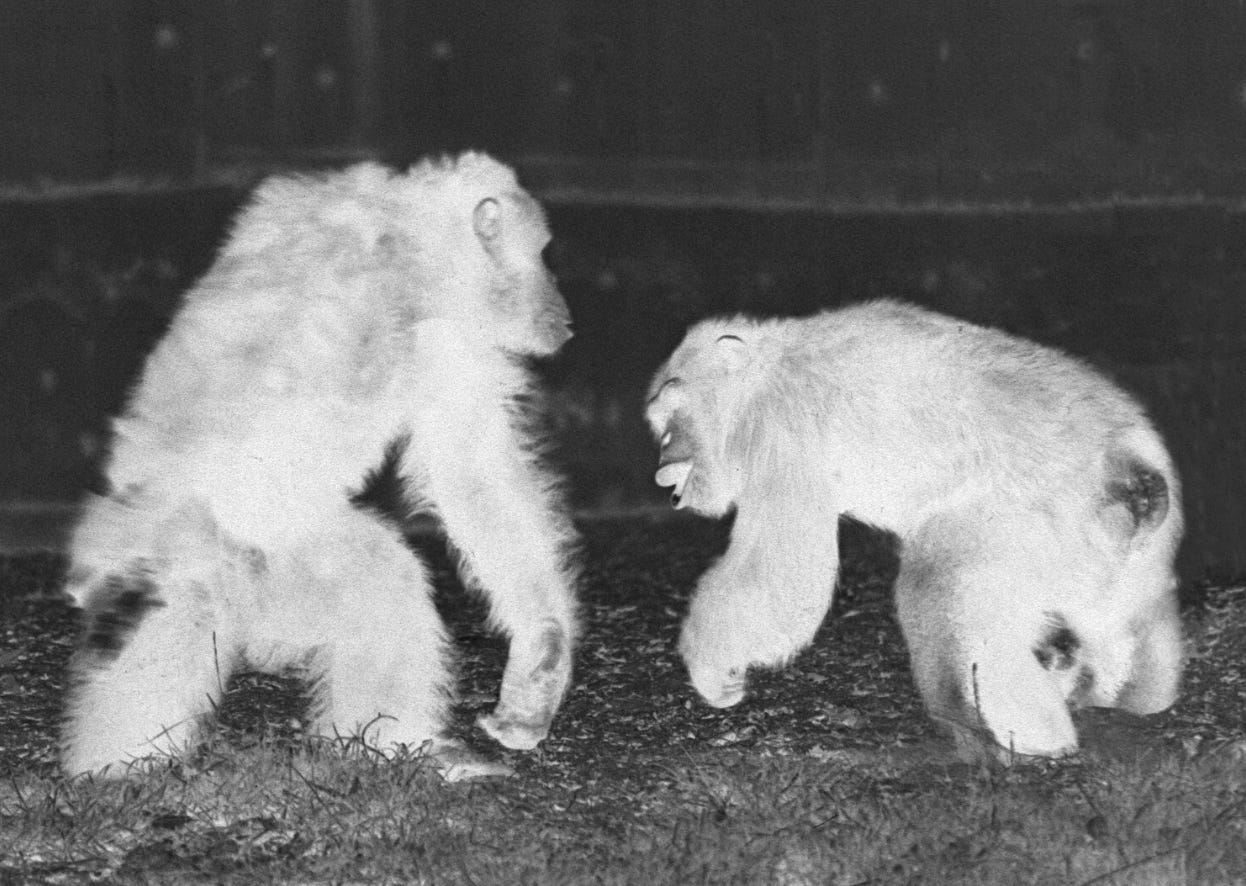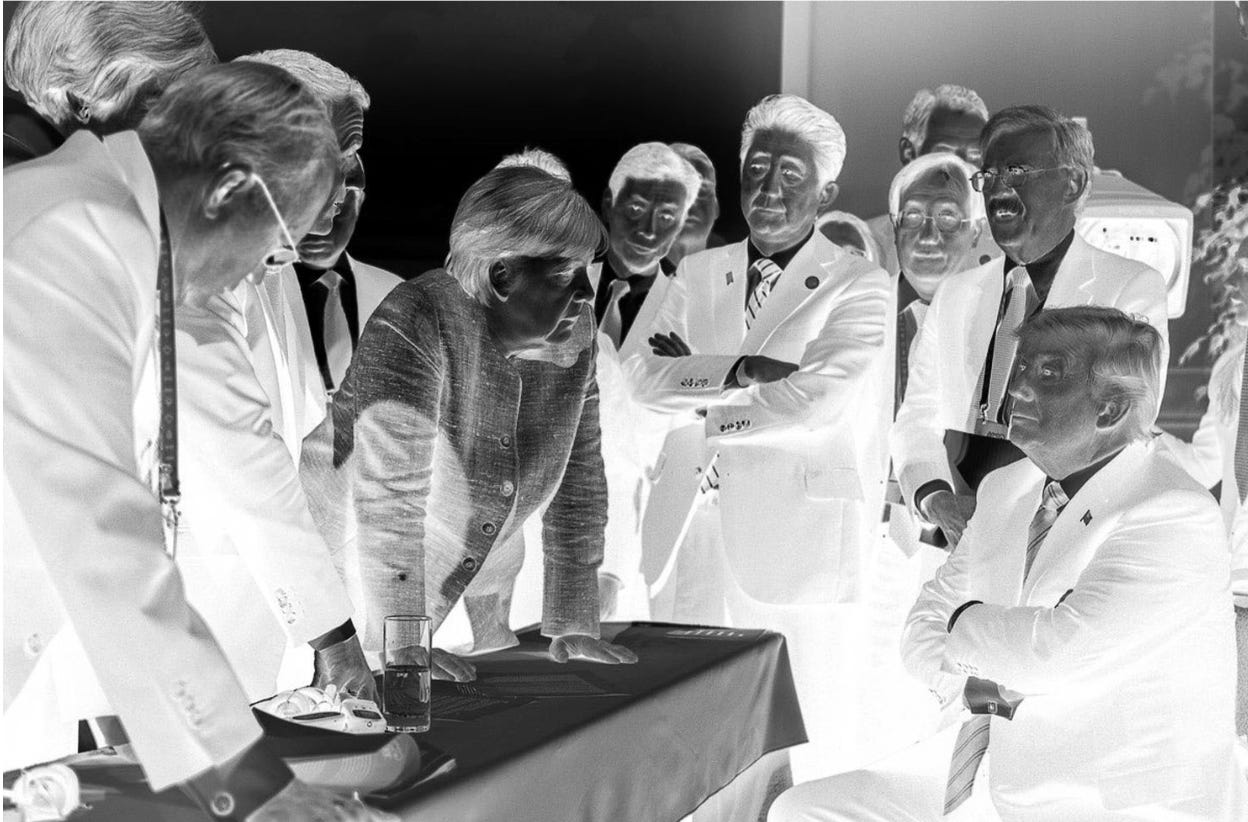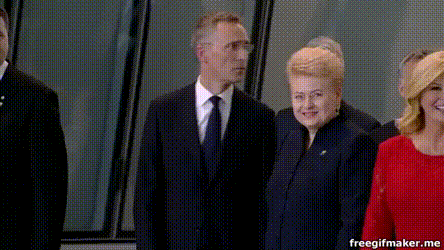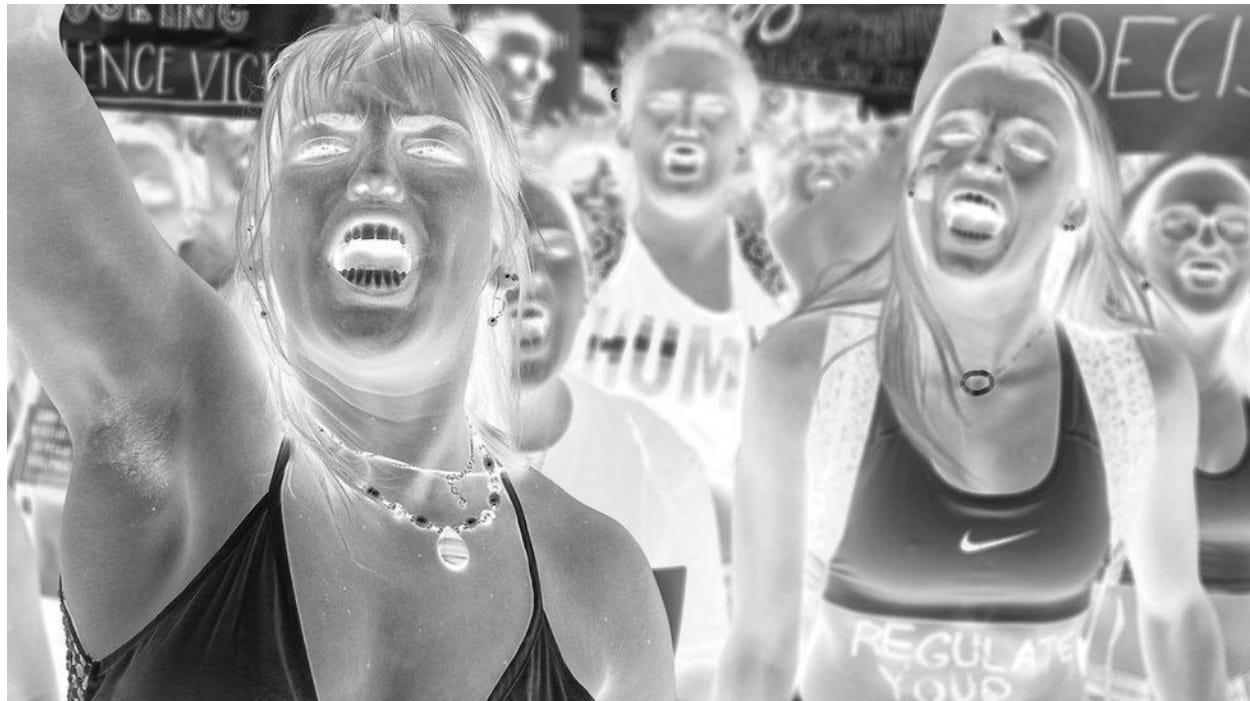This entry is part of a series on “Applied Cratology”: Part 1. Understanding Power Empowers. Part 2. The Status–Power Gap. Part 3. The Sociopath Problem. Part 4. Conspiracy Theory vs. Coincidence Theory.
So, you want to be a cratologist?
Someone who studies power, and can spot it in their lives, locally and globally?
For someone considering power, most would recommend something like Robert Greene’s The 48 Laws of Power. Academics and the intellectually minded would pick up Machiavelli’s The Prince. Indie intellectuals short on time would browse ethically shrewd texts such as The Art of Worldly Wisdom by Baltasar Gracián and Maxims by Duc de La Rochefoucauld.
All decent enough choices.
However, my go-to recommendation is more primal...
Recommendation 1: Chimp Politics
My number one recommendation is Frans de Waal’s Chimpanzee Politics: Power and Sex among Apes. Hands down, this gives you the best sense of power dynamics and will change the way you see humans interact.
De Waal, a primatologist, studied the social behaviour of captive chimpanzees, tracking their alliances and the various ways they lost, gained, and maintained positions of power. The chimp who held the “control role” (also known as the alpha male) did not maintain power through sheer strength, but through sophisticated coalition-building and by signalling both strength and goodwill when needed.
Reading this book allows the following truth to sink in: status (or what the book calls “formal rank”) and power can become untethered; hence, a status-power gap becomes possible, which leads to disruptions within the social field.
“Formal rank and power generally overlap; however, in some cases, rank can become dissociated from power.” - Frans de Waal
When status becomes dissociated from power, and not rectified, which chimps readily do, the status-power gap is maintained and even become hidden: a very human phenomena. Those who hold formal power are constrained by those whose power belies their status.
Most chase after status, and think those who have status have power, raging against them, impotently, with no real change to show for it.
Recommendation 2: Power Talks
Once the aspiring cratologist has a conceptual understanding of the status–power gap and realizes it can be maintained, the next step is to cultivate an embodied sense of status.
Status is a strange thing to consider, as it makes people uncomfortable to think too much about it. As
argues, it’s low-status to think about status. Those who become preoccupied with it usually don’t have it.Instead of thinking about it, I recommend taking improv.
Improv, if taught well, directly teaches how to act out different “status levels” in an improvised way. Reading improv pioneer Keith Johnstone’s Impro: Improvisation and the Theatre will provide an embodied understanding of status.
Why do this?
Because you become bodily attuned to the status levels people enact in social life. This creates an intuitive understanding that tells you, “That’s status, not necessarily power,” giving you the chance to begin perceiving the real power at play in social life.
A video I recommend is from a 2003 UK Channel 4 documentary series hosted by body language expert Dr. Peter Collett, which illustrates status plays in relation to power.
As the documentary points out, physical status displays that signal power (such as slapping someone’s back or placing a hand on another’s shoulder) are more common when status is in flux and could potentially be challenged. This is not the case in social environments where status is clear and the command structure is well established, such as in the military, as shown in the Royal Naval scene in the documentary.
In military contexts, the status–power gap is closed, as formal power and actual power are bound together. This is not the case in the political wild. The need to use bodily status displays can reveal how tenuous a person’s power actually is.
Recommendation 3: Tyranny of Structurelessness
You’re aware of the status–power gap and are now beginning to see and sense status in social contexts, with an understanding that those who display high status levels do not necessarily have great power.
To really bring this insight home, my final recommendation is a 1970 essay by American feminist Jo Freeman titled “The Tyranny of Structurelessness,” in which she writes about her experiences within all-female radical feminist collectives.
In an attempt to overcome what they saw as oppressive patriarchal structures in society, these collectives experimented with non-hierarchical groups lacking formal structure. As Freeman describes, these groups descended into nasty power dynamics that undermined their stated revolutionary aims, ultimately creating a powerful elite more cutthroat than the rest, hiding their power in the process.
The most insidious elites are usually run by people not known to the larger public at all. Intelligent elitists are usually smart enough not to allow themselves to become well known; when they become known, they are watched, and the mask over their power is no longer firmly lodged.
Freeman’s lesson is that some formal structure is necessary; otherwise, informal structures will form, dominated by a hidden power elite with a sociopathic talent stack. I’d like to draw a different lesson: given the all-too-human phenomenon of the status–power gap, hidden power elites will always form; it’s just that experiments in structurelessness allow them to be more readily seen.
In reality, the power elite can hide more effectively within a false structure—a system with patsies who are given high status but have low power—serving as a red herring that distracts from where power is actually held.
This inevitability brings us to the topic of sociopaths and conspiracy theories.
Cratological Problems
There are two fundamental cratological problems that prevent one from perceiving who holds power. We can call these the Sociopath Problem and the Conspiracy Problem, which can be formulated through the following questions:
The Sociopath Problem: How do we deal with people who possess innate power literacy, are driven by self-serving motives, and are highly skilled at manipulating social fields?
The Conspiracy Problem: How can we understand who has power and their machinations when part of those machinations is to conceal that power?
The first problem concerns individuals who have the capacity to undermine social cohesion and manipulate social environments, partly by exploiting the status–power gap.
The second problem arises from a failure to understand power—especially at the societal level—because of the same gap, which leads to hasty attempts to fill it with uncalibrated explanations (often labeled as “conspiracy theories”).
While both problems are ever-present, the sociopath question is more salient within the Dunbar number (about 150 people, said to be the cap at which an individual can maintain meaningful relationships), and the conspiracy question is more salient post-Dunbar number, when one must rely on greater abstractions and formal systems for social order (laws, contracts, institutions, etc.), which can be gamed.
And gamed they will be.
🌐 Worldview Studies starts next week. Sign up here and read more here.
✍️ Collective Journaling starts next week as well — 8–9:30 a.m. ET, Monday to Friday. The best accountability and communal writing practice you’ll come across. Access it by becoming a supporting subscriber, and message me for the Zoom link.





